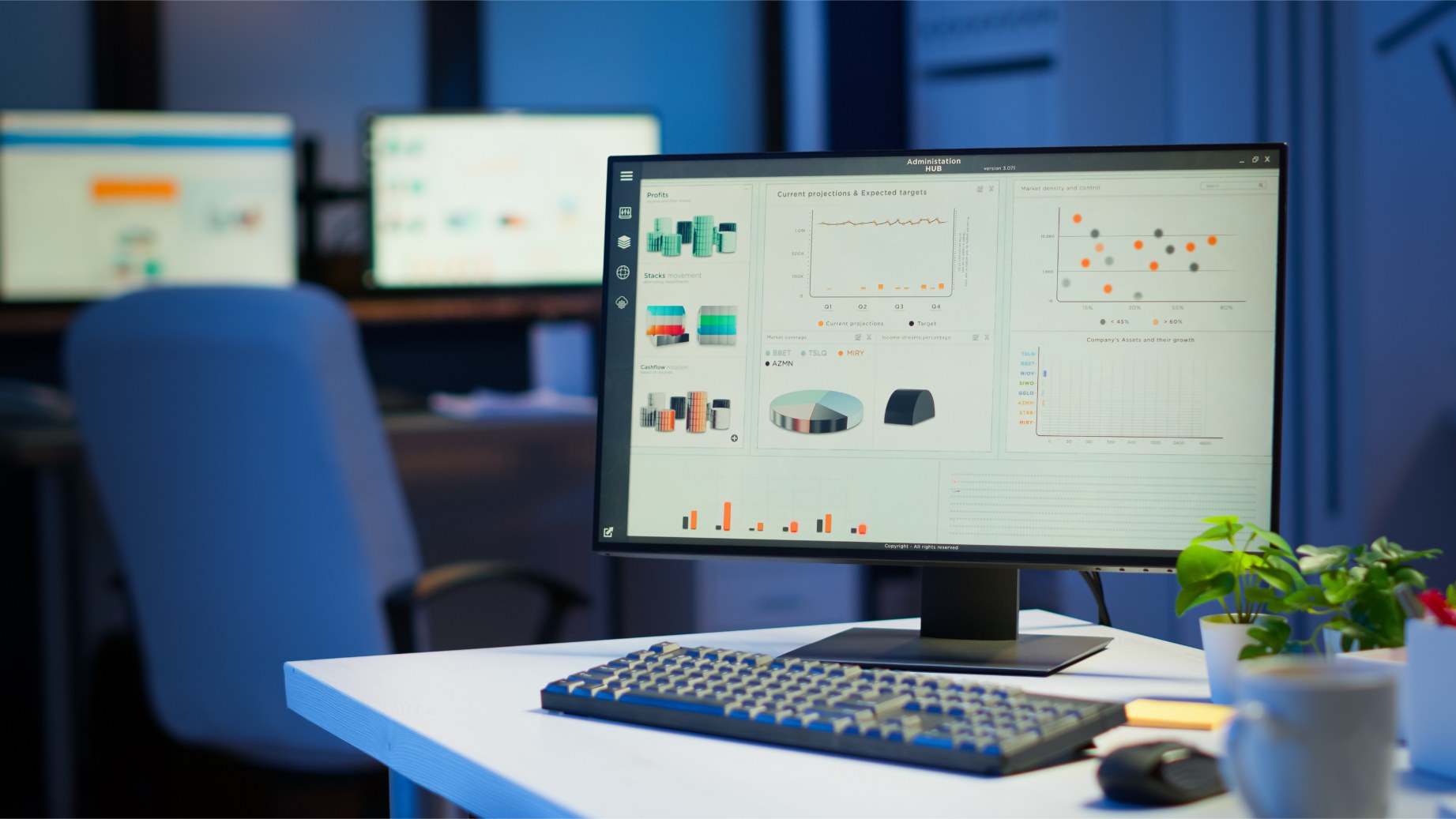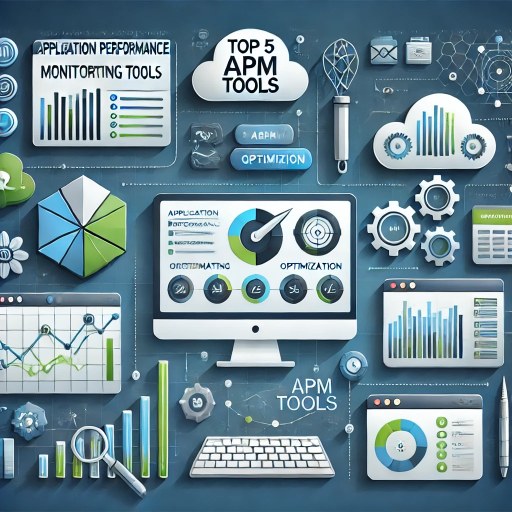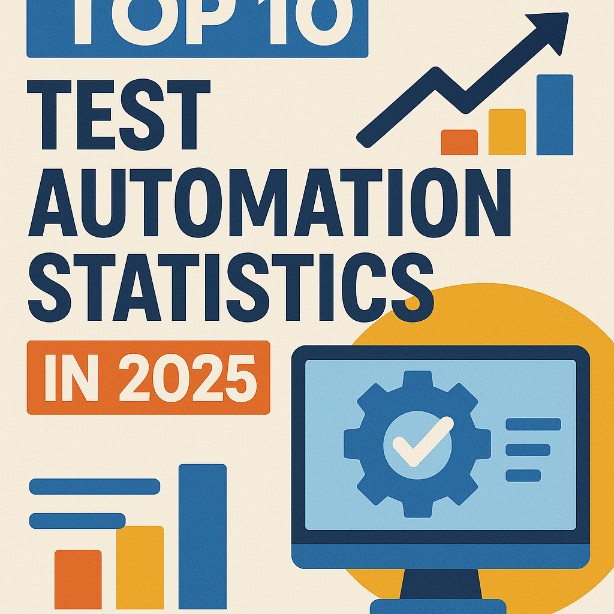In today’s digital world, observability has become essential for companies that rely on software to deliver products and services. Observability tools provide the visibility and insights necessary for managing complex systems, identifying issues, and optimizing performance. These tools enable teams to look beyond surface-level monitoring and dive deeper into understanding system behavior, leading to smoother operations and better user experiences.
For business owners, observability tools simplify system oversight, allowing issues to be flagged and fixed proactively. For technical teams, observability helps in diagnosing and resolving complex system problems, ultimately improving application performance and reducing downtime. In this article, we’ll introduce the 10 Best Observability Tools of 2025, from user-friendly options to more advanced solutions for DevOps and engineering teams.
Is Your Infrastructure Ready for Global Traffic Spikes?
Unexpected load surges can disrupt your services. With LoadFocus’s cutting-edge Load Testing solutions, simulate real-world traffic from multiple global locations in a single test. Our advanced engine dynamically upscales and downscales virtual users in real time, delivering comprehensive reports that empower you to identify and resolve performance bottlenecks before they affect your users.
Quick Overview: Best Observability Tools in 2025
- LoadFocus – Comprehensive monitoring and load testing for cloud-based systems.
- Datadog – All-in-one observability platform with metrics, logs, and APM.
- Grafana – Customizable, open-source visualization and monitoring tool.
- Prometheus – Robust time-series database, ideal for real-time monitoring.
- Splunk Observability Cloud – Enterprise-grade observability with powerful analytics.
- New Relic – Full-stack observability with APM, infrastructure, and logs.
- AppDynamics – Application performance management with deep diagnostics.
- Elastic Observability – Scalable observability with search-powered insights.
- Lightstep – Distributed tracing for real-time visibility in complex systems.
- Honeycomb – High-cardinality observability for debugging and monitoring.
What is Observability?
Observability refers to the ability to understand a system’s internal state based on the data it generates. By collecting and analyzing metrics, logs, and traces, observability tools allow teams to see not just what is happening but also why. Unlike traditional monitoring, observability dives deeper into data analysis to provide context for unexpected issues and helps teams quickly diagnose and resolve problems.
Observability tools are especially valuable for modern software architectures, where applications are often distributed across multiple services and environments. In these complex systems, observability empowers teams to detect, investigate, and fix issues before they impact users.
The Best Observability Tools in 2025
1. LoadFocus
Category: Cloud-based Observability and Load Testing
Think your website can handle a traffic spike?
Fair enough, but why leave it to chance? Uncover your website’s true limits with LoadFocus’s cloud-based Load Testing for Web Apps, Websites, and APIs. Avoid the risk of costly downtimes and missed opportunities—find out before your users do!
LoadFocus provides a suite of observability tools designed to help businesses monitor and test cloud-based systems. With real-time metrics, API monitoring, and cloud-based load testing, it’s ideal for mid-sized companies looking to enhance performance and reliability. LoadFocus offers intuitive dashboards and interactive metrics that make it easy for teams of any technical level to monitor system health and detect performance bottlenecks.
- Key Features: Load testing, API monitoring, page speed insights.
- Best For: Businesses aiming to improve system reliability and performance.
2. Datadog
Category: Full-Stack Observability
Datadog combines metrics, logs, and APM (Application Performance Monitoring) to provide a complete observability platform. Known for its powerful integrations, Datadog enables teams to visualize system health across cloud providers, containers, and applications, all in one place.
- Key Features: Metrics and logs in a single view, dashboard customization, cross-cloud integrations.
- Best For: Companies looking for a comprehensive observability tool.
3. Grafana
Category: Open-Source Monitoring and Visualization
LoadFocus is an all-in-one Cloud Testing Platform for Websites and APIs for Load Testing, Apache JMeter Load Testing, Page Speed Monitoring and API Monitoring!
Grafana is a popular, open-source platform that offers customizable dashboards for visualizing data from various sources. Its flexibility and community-driven plugins make it highly adaptable for different observability needs. Grafana’s user-friendly interface is suitable for both small businesses and large enterprises.
- Key Features: Visualization tools, customizable dashboards, plugin ecosystem.
- Best For: Teams looking for flexible, open-source visualization.
4. Prometheus
Category: Time-Series Monitoring
Prometheus is an open-source, time-series database that’s designed for real-time metrics collection. Often used with Grafana, it enables teams to set up alerts and monitor key metrics across their infrastructure. Prometheus is well-suited for DevOps teams needing granular insights into system performance.
- Key Features: Time-series database, flexible querying, alerting.
- Best For: DevOps teams needing precise, real-time metrics.
5. Splunk Observability Cloud
Category: Enterprise Observability
Splunk Observability Cloud is a powerful, enterprise-grade platform offering advanced analytics and machine learning. Its data processing capabilities make it ideal for large organizations that need to track complex systems in real time.
- Key Features: Machine learning, cross-cloud visibility, customizable dashboards.
- Best For: Large enterprises with advanced observability needs.
6. New Relic
Category: Full-Stack Observability
New Relic offers a wide array of observability tools, including APM, infrastructure monitoring, and log management. It’s highly scalable, making it suitable for both startups and large corporations. New Relic’s intuitive interface is accessible for teams of all skill levels.
- Key Features: APM, log and infrastructure monitoring, customizable UI.
- Best For: Businesses needing an accessible and scalable observability tool.
7. AppDynamics
Category: Application Performance Management
AppDynamics is ideal for tracking application performance across distributed systems. It uses machine learning to provide insights into application dependencies and helps teams identify root causes of performance issues.
- Key Features: Application performance monitoring, dependency tracking, real-time diagnostics.
- Best For: Companies looking to manage application performance in real time.
8. Elastic Observability
Category: Search-Powered Observability
Elastic Observability leverages ElasticSearch to provide scalable insights into metrics, logs, and traces. With powerful search capabilities, Elastic Observability is suitable for companies that need granular insights and high data retention.
- Key Features: High scalability, search-powered insights, real-time visibility.
- Best For: Companies needing in-depth search and monitoring capabilities.
9. Lightstep
Category: Distributed Tracing
Lightstep specializes in distributed tracing, which makes it an excellent choice for companies running microservices architectures. It allows teams to see how requests flow through various services, helping pinpoint latency and errors.
- Key Features: Distributed tracing, real-time insights, integration with existing observability stacks.
- Best For: Companies using microservices who need real-time traceability.
10. Honeycomb
Category: High-Cardinality Observability
Honeycomb’s focus on high-cardinality data enables precise debugging and monitoring. With a strong focus on usability, Honeycomb helps technical teams explore data to gain actionable insights quickly.
- Key Features: High-cardinality data support, powerful querying, debugging tools.
- Best For: Teams focused on in-depth debugging and data exploration.
Why Observability Matters for Your Business
Observability tools provide a range of benefits that can enhance both technical and non-technical teams:
- Proactive Issue Resolution: Observability allows teams to catch and address issues before they affect users.
- Improved Collaboration: With a common source of truth, teams can communicate effectively across departments.
- Enhanced Performance and Reliability: Observability leads to faster issue resolution, optimizing the user experience and improving system uptime.
Frequently Asked Questions
What are the best observability tools?
Top observability tools include LoadFocus, Datadog, Grafana, and Prometheus. Each tool offers unique features for various needs.
Is Grafana an observability tool?
Yes, Grafana is an observability tool primarily used for data visualization, allowing teams to create customized dashboards.
What is a data observability tool?
A data observability tool monitors and analyzes data to ensure its reliability, accuracy, and completeness within the system.
Who uses observability tools?
Observability tools are used by software engineers, DevOps, product owners, and operations teams to gain insights into system health.
Is Splunk an observability tool?
Yes, Splunk is a robust observability tool that provides real-time monitoring and data analysis for complex environments.
What is observability vs. monitoring?
Observability is about understanding the internal state of a system through data, while monitoring focuses on alerting when issues occur.
What are the 4 signals of observability?
The four signals of observability are metrics, logs, traces, and events.
Conclusion
Choosing the right observability tool is crucial to enhancing system insights, improving collaboration, and ensuring optimal performance. Many platforms, like LoadFocus, allow you to easily import templates, add tasks and subtasks using AI, and even customize ambient sound and background settings to create a tailored experience. With the right observability solution, you’re well-equipped to maintain system health and enhance user satisfaction.





